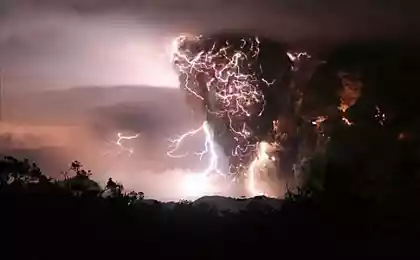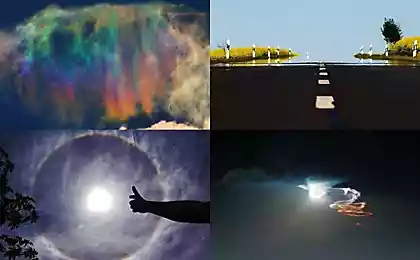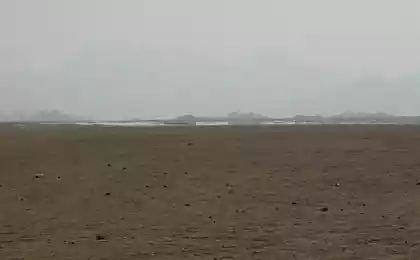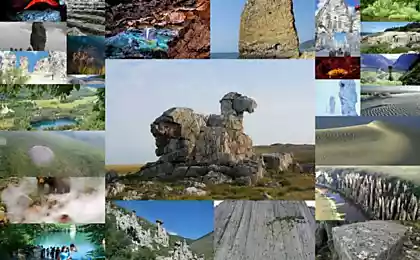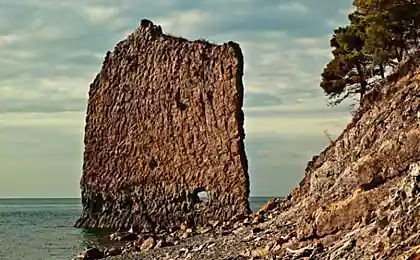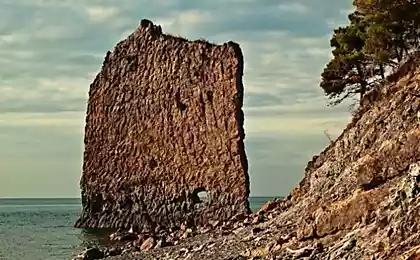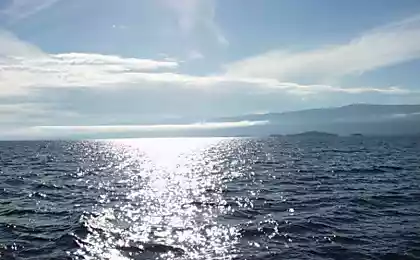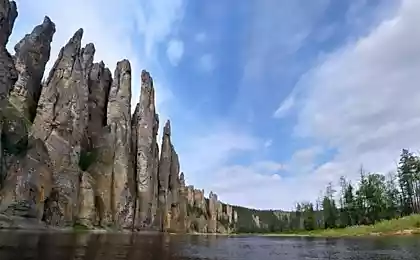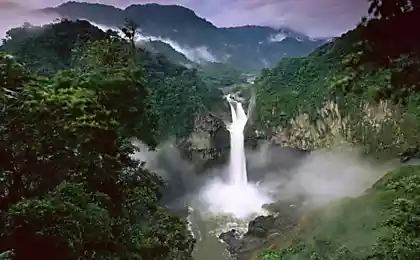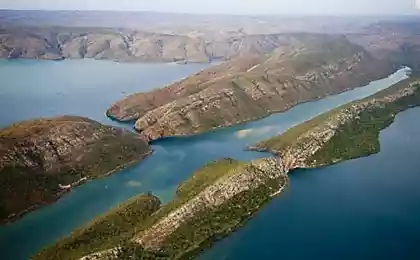322
10 Places Where Nature Created Incredible Optical Illusions
179361
Introduction: The Magic of Nature
Nature is the greatest artist and magician. It creates optical illusions that seem like miracles. From mirages in the desert to pillars of light in the sky, these phenomena make us wonder and wonder how the world works.
In this article, we will travel to 10 places on Earth where nature has created incredible optical illusions. Ready to wonder? Then go!
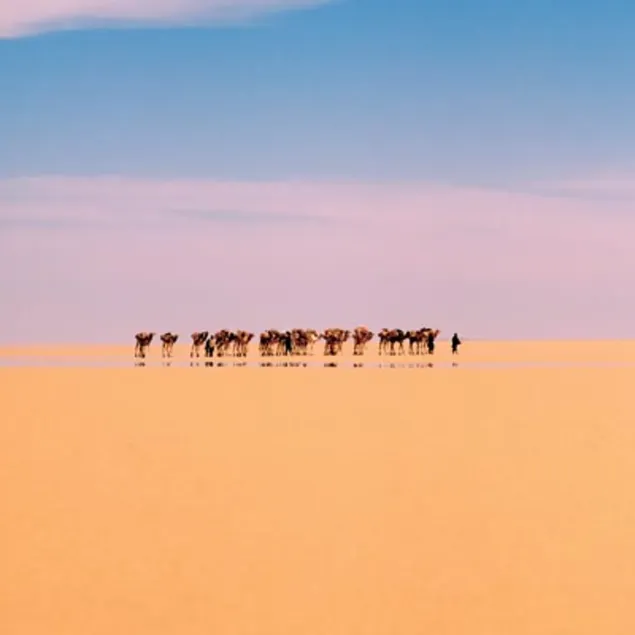
1. Mirages in the Sahara desert
Mirages are one of the most famous optical phenomena. In the Sahara desert, due to temperature changes and refraction of light, you can see “ponds” or even entire cities that are actually over the horizon.
How it works: Light is refracted in layers of air of different density, creating the illusion of reflection.
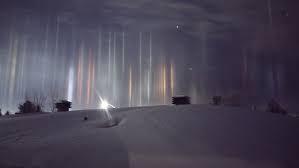
2. Light poles in Canada
In the cold regions of Canada, you can observe light pillars - vertical rays of light that rise into the sky. This phenomenon occurs when light from lanterns or the moon reflects off ice crystals in the atmosphere.
How it works: Ice crystals act as prisms, creating the effect of light columns.
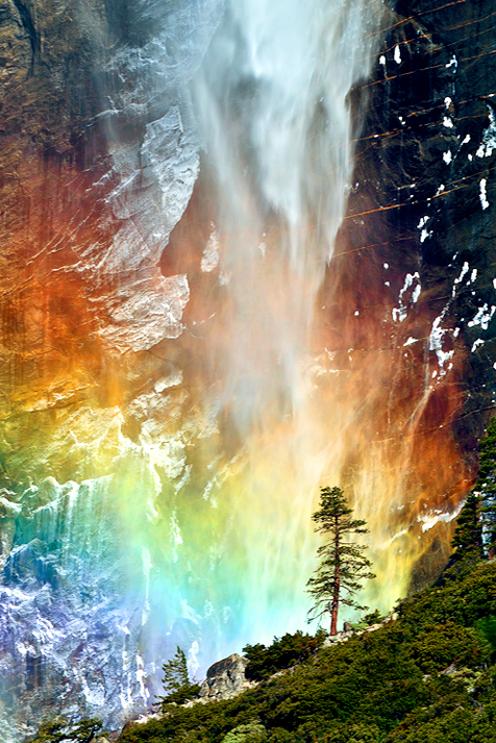
3. Horstale Rainbow Falls, USA
Yosemite National Park is home to Horsteil Falls, which in February turns into a "fire waterfall." At a certain angle of sunlight, the water appears bright orange, as if it were a flow of lava.
How it works: Sunlight is refracted in water droplets, creating a rainbow effect.
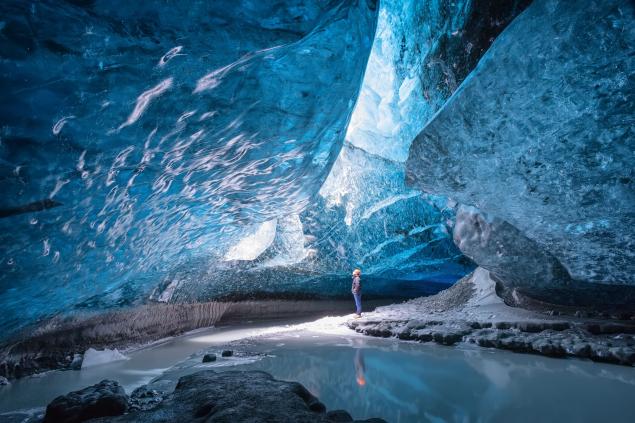
4. Iceland's Ice Caves
Iceland’s ice caves like Vatnajökull create stunning optical illusions. The ice reflects light, coloring the caves in blue and green shades, as if it were a portal to another world.
How it works: Ice absorbs red light and reflects blue, creating unique colors.
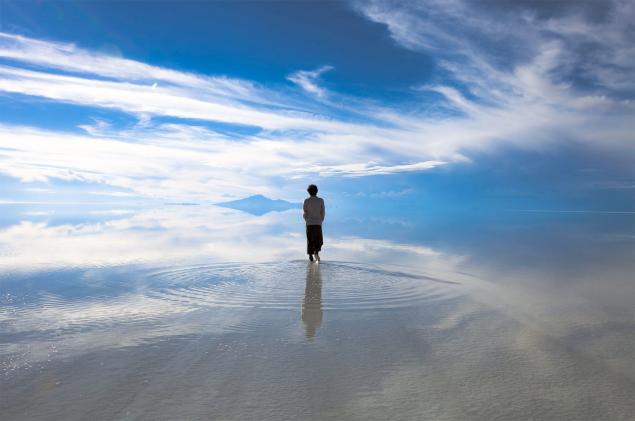
5. Salar de Uyuni, Bolivia
The Uyuni salt marsh is the largest mirror in the world. In the rainy season, a thin layer of water turns the salt desert into a giant reflective surface, creating the illusion of infinity.
How it works: The water on the surface of the salt acts as a mirror, reflecting the sky and clouds.
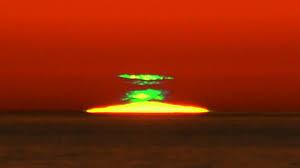
6. Green beam, Scotland
At sunset or sunrise in Scotland, you can see a rare phenomenon - a green ray. This is a flash of green light that lasts only a few seconds.
How it works: The atmosphere refracts sunlight, dividing it into colors, and green becomes visible.
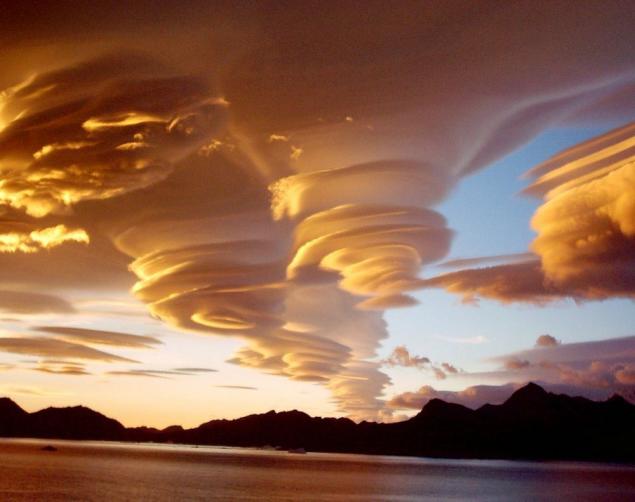
7. Lenticular Clouds, New Zealand
Lenticular clouds, often seen in New Zealand, look like giant flying saucers. They are formed at high altitude and appear immobile.
How it works: Clouds are formed when moist air meets mountain peaks.
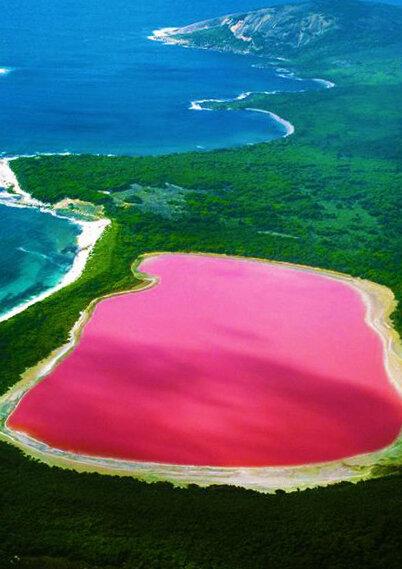
8. Lake Hillier, Australia
Lake Hillier in southwestern Australia has a bright pink color. This unusual hue is created due to microorganisms that live in the water.
How it works: Bacteria and algae secrete pigments that color the water pink.
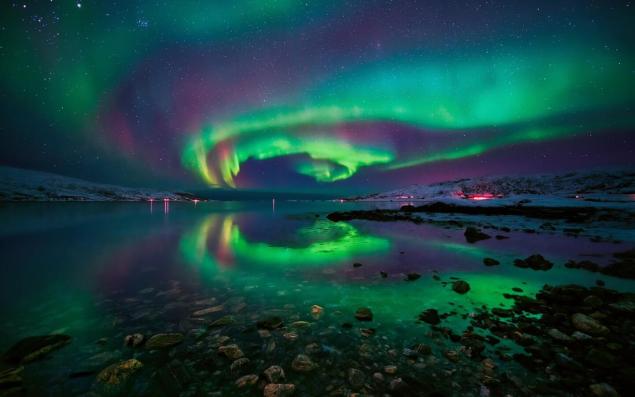
9. Northern Lights, Norway
The Northern Lights are one of the most beautiful natural phenomena. In Norway, you can watch the sky turn green, purple and red.
How it works: Charged particles from the solar wind interact with the Earth’s atmosphere.

10. Stone Forest, Madagascar
The stone forest of Qingi du Bemaraha in Madagascar is a unique place where sharp limestone cliffs create the illusion of a stone forest. From a height it looks like a fantastic landscape.
How it works: Erosion and weathering formed rocks in the form of sharp peaks.
Conclusion: Nature is the best illusionist
These natural optical illusions remind us of how amazing and diverse our world is. They inspire travelers, scientists and artists, showing that nature can create real miracles.
Which of these things impressed you the most? Share your thoughts in the comments and plan your next trip to see these wonders with your own eyes!
Introduction: The Magic of Nature
Nature is the greatest artist and magician. It creates optical illusions that seem like miracles. From mirages in the desert to pillars of light in the sky, these phenomena make us wonder and wonder how the world works.
In this article, we will travel to 10 places on Earth where nature has created incredible optical illusions. Ready to wonder? Then go!

1. Mirages in the Sahara desert
Mirages are one of the most famous optical phenomena. In the Sahara desert, due to temperature changes and refraction of light, you can see “ponds” or even entire cities that are actually over the horizon.
How it works: Light is refracted in layers of air of different density, creating the illusion of reflection.

2. Light poles in Canada
In the cold regions of Canada, you can observe light pillars - vertical rays of light that rise into the sky. This phenomenon occurs when light from lanterns or the moon reflects off ice crystals in the atmosphere.
How it works: Ice crystals act as prisms, creating the effect of light columns.

3. Horstale Rainbow Falls, USA
Yosemite National Park is home to Horsteil Falls, which in February turns into a "fire waterfall." At a certain angle of sunlight, the water appears bright orange, as if it were a flow of lava.
How it works: Sunlight is refracted in water droplets, creating a rainbow effect.

4. Iceland's Ice Caves
Iceland’s ice caves like Vatnajökull create stunning optical illusions. The ice reflects light, coloring the caves in blue and green shades, as if it were a portal to another world.
How it works: Ice absorbs red light and reflects blue, creating unique colors.

5. Salar de Uyuni, Bolivia
The Uyuni salt marsh is the largest mirror in the world. In the rainy season, a thin layer of water turns the salt desert into a giant reflective surface, creating the illusion of infinity.
How it works: The water on the surface of the salt acts as a mirror, reflecting the sky and clouds.

6. Green beam, Scotland
At sunset or sunrise in Scotland, you can see a rare phenomenon - a green ray. This is a flash of green light that lasts only a few seconds.
How it works: The atmosphere refracts sunlight, dividing it into colors, and green becomes visible.

7. Lenticular Clouds, New Zealand
Lenticular clouds, often seen in New Zealand, look like giant flying saucers. They are formed at high altitude and appear immobile.
How it works: Clouds are formed when moist air meets mountain peaks.

8. Lake Hillier, Australia
Lake Hillier in southwestern Australia has a bright pink color. This unusual hue is created due to microorganisms that live in the water.
How it works: Bacteria and algae secrete pigments that color the water pink.

9. Northern Lights, Norway
The Northern Lights are one of the most beautiful natural phenomena. In Norway, you can watch the sky turn green, purple and red.
How it works: Charged particles from the solar wind interact with the Earth’s atmosphere.

10. Stone Forest, Madagascar
The stone forest of Qingi du Bemaraha in Madagascar is a unique place where sharp limestone cliffs create the illusion of a stone forest. From a height it looks like a fantastic landscape.
How it works: Erosion and weathering formed rocks in the form of sharp peaks.
Conclusion: Nature is the best illusionist
These natural optical illusions remind us of how amazing and diverse our world is. They inspire travelers, scientists and artists, showing that nature can create real miracles.
Which of these things impressed you the most? Share your thoughts in the comments and plan your next trip to see these wonders with your own eyes!
How to Develop Emotional Intelligence: Skills That Will Make You More Successful
Why We Love Scary Stories: The Psychology of Horror





